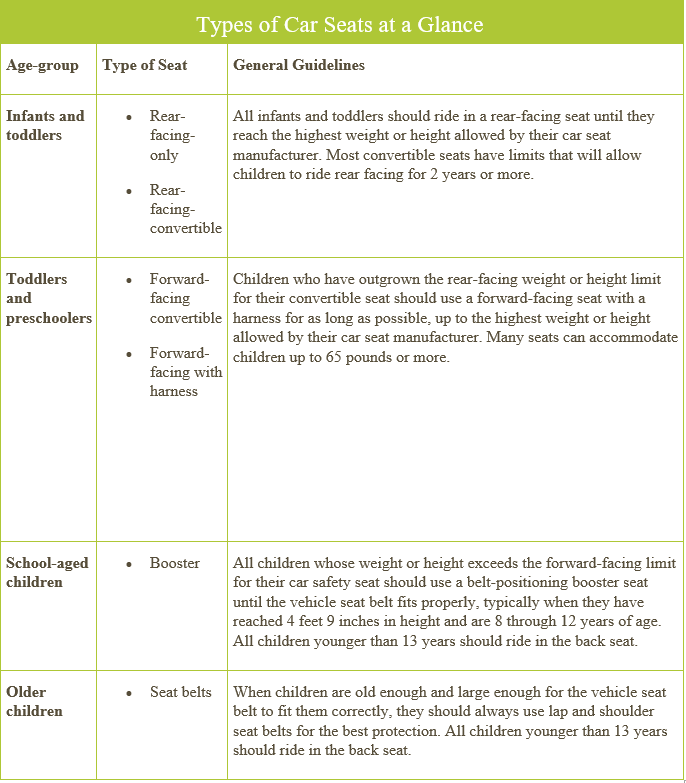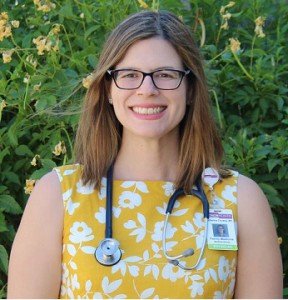Halloween Safety Tips by Amit Jain, MD, FAAP, MBA
It’s that time of year again! Halloween is right around the corner. With it comes lots of fun, elaborate costumes, tricks, and treats! Have your children thought of the costume they’d like to wear this year? We here at NOAH want to make sure they stay safe while out trick or treating this year. With assistance from the American Academy of Pediatrics, have provided some great safety tips below to keep them safe while they’re out.
Fun / elaborate costumes can be an exciting part of Halloween. One of the most effective but most easily forgotten ways to help make your child’s Halloween a safe one is with costume safety.
Here are some great safety tips:
- As most of the trick or treating happens after dusk, make sure costumes are bright and colorful and / or have some reflective surfaces that can be easily seen by drivers and others. You can even consider adding some reflective tape or striping to the costumes and trick-or-treat bags with such tape. It can even help for a cool effect the children would love.
- Make sure the costumes are short enough to prevent tripping, and are clearly labeled as flame-resistant.
- Along with this, make sure your children have shoes that fit well and are comfortable for walking long distances.
- Masks can obscure a child’s vision, especially to the sides (peripheral vision) as the mask moves around their face. Consider non-toxic makeup and decorative hats as fun and safe alternatives to masks.
- Any swords or other sticks / canes that are a part of the costume should not be sharp or too long that they could hurt your child if they trip and stumble over these objects.
- Make sure all children and their escorts have flashlights with a fresh set of batteries.
- Before leaving for trick or treating, make sure your children know how to call 9-1-1 or their local police department in case they get lost or separated or in an emergency. Have a safety plan in place for the chance that a child gets separated from the group, which should include having the child stay where they are in a safe location if they do get separated from the group. The non-emergency number for the Phoenix Police Department is: 602-262-6151.
- Also, make sure they have a good meal prior to going trick or treating, and bring a water bottle for each child and the children’s escorts to stay hydrated while out.
- A parent or responsible adult should be with and watching children at all times while out. Instruct children to always stay in a group and close to the parent / responsible adult. Also instruct them to remain on well-lit streets, always use the sidewalks (or as close to the edge of the road as safe if no sidewalk is available, facing traffic), and use designated crosswalks to cross the street. Don’t assume you have the right of way – it is much more difficult to see the road and pedestrians at night! While out trick-or-treating, only go to homes with a porch light that is on. Remember to never enter homes or cars for a treat.
- If your older children are going alone, plan and review a route that is acceptable to you beforehand – and ensure they will stay on that route. Plan and agree upon a time that they should arrive home by. Remember curfews – Phoenix juvenile curfew hours are 10 p.m. for children 15 and younger and midnight for 16- and 17-year-old children. If possible, give them a cell phone for emergency contact use.
- Finally, after the fun night of trick-or-treating, sort and check all treats before the child eats any of them (including ones they eat while still out trick-or-treating). Throw away any spoiled, unwrapped, or suspicious looking treats. Ration out treats for the weeks and months following Halloween. They should not eat any of these treats immediately before bedtime. Along with this, remind your children that the rules don’t change from a normal day – remember to have your children brush their teeth before bedtime to get all of that stuck-on candy out of their teeth.
- Also, don’t forget to have regular check-ups with our wonderful Pediatric Dentists here at NOAH!
Please check the American Academy of Pediatrics website for some more awesome safety tips here:
Have a fun, safe, and Happy Halloween from your friends at NOAH!




